Travel in November 2023 | 2023年十一月的旅行
Uji Japan 日本宇治 & Nara Japan 日本奈良
Uji Japan 日本宇治
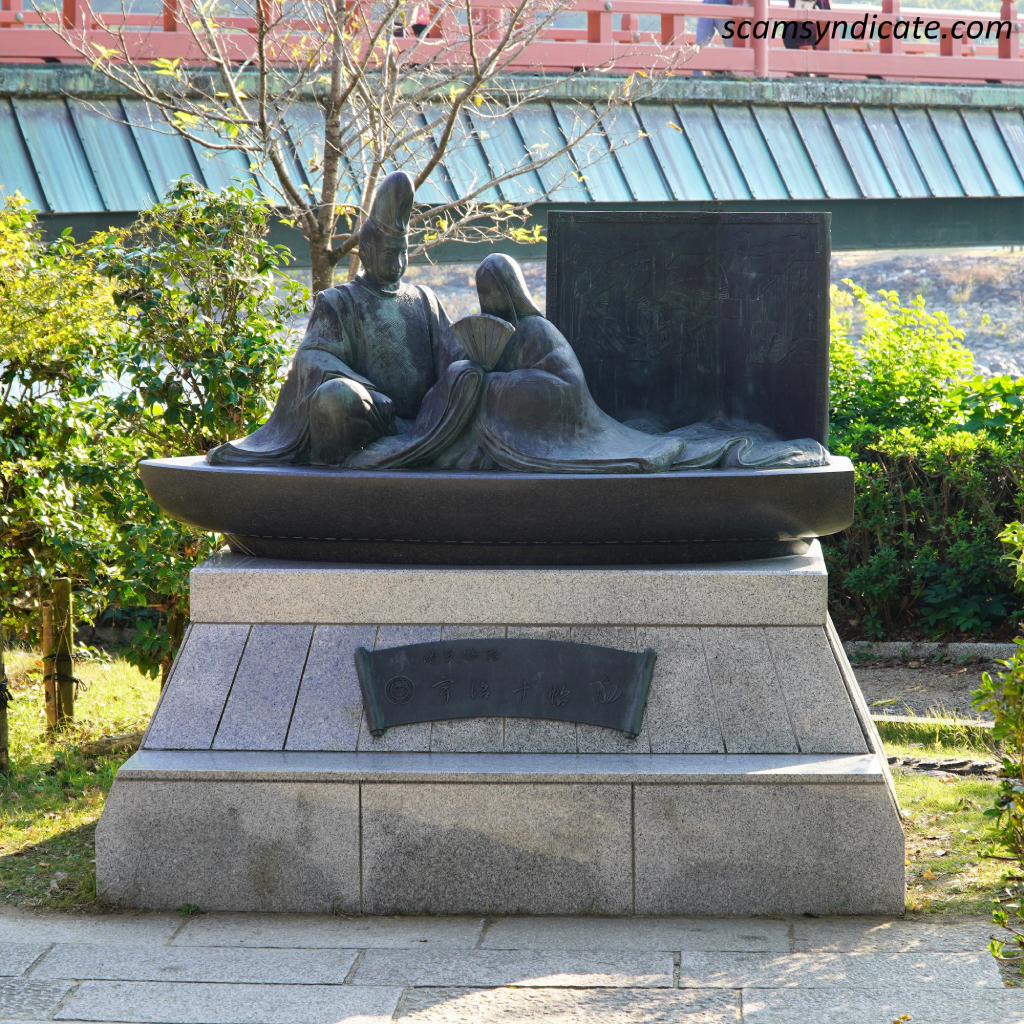
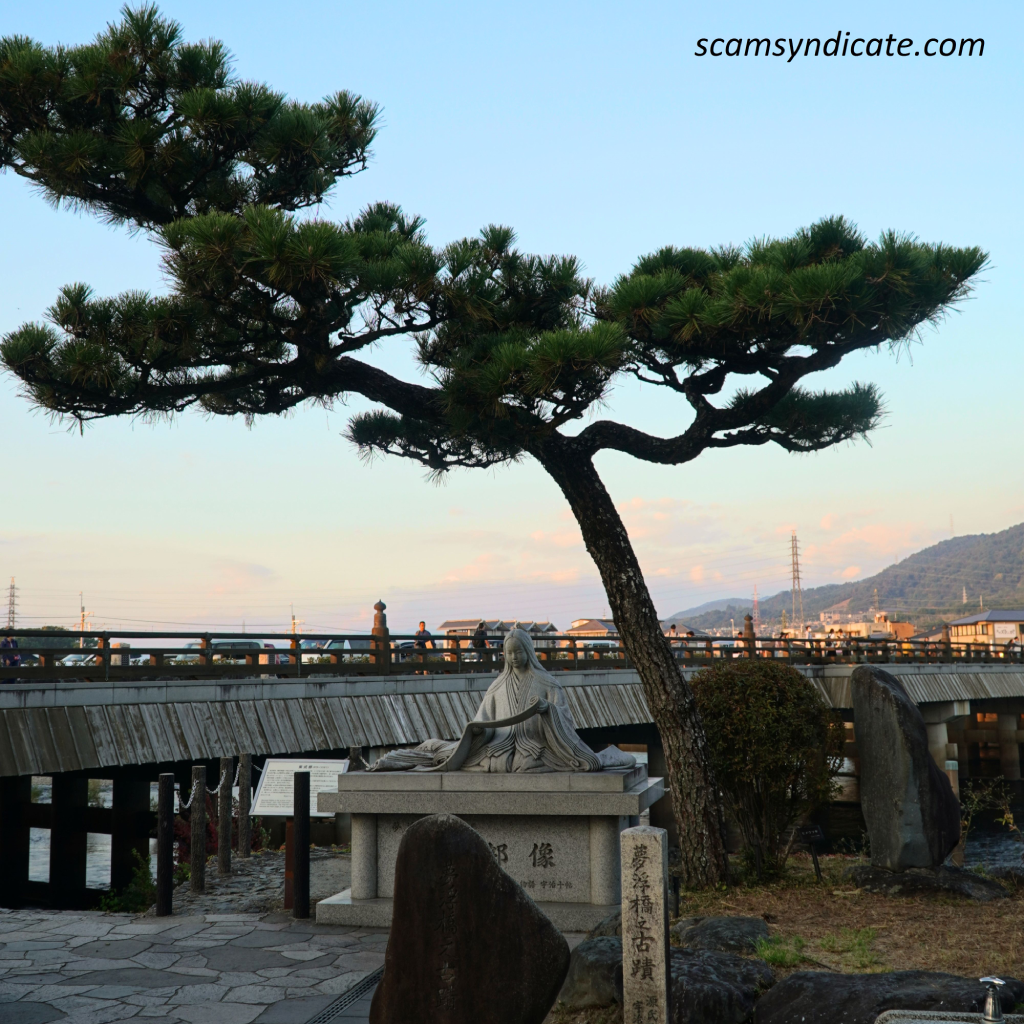
Nestled between Kyoto and Nara, the quaint city of Uji is revered as the spiritual home of Japanese green tea, where the world’s finest matcha has been cultivated since the 12th century along the banks of the emerald Uji River. This UNESCO Creative City of Gastronomy enchants visitors with its Byodoin Temple—a 1053 Phoenix Hall featured on the 10-yen coin—where gold-leafed Amida Buddha gazes over tea fields that supply leaves for imperial ceremonies. Stroll across the Uji Bridge, Japan’s oldest surviving bridge and setting for the classic Tale of Genji, then explore family-run teahouses like Tsuen Tea (established 1160) to savor matcha parfaits or participate in authentic tea ceremonies. The Uji River Boat Ride offers views of cormorant fishing (summer nights), while the Mimurotoji Temple’s 20,000 hydrangeas create a pastel dreamscape in June. From the Uji Tea Museum’s interactive exhibits to the Matcha Street’s artisanal sweets, every corner whispers of tea culture—whether you’re sipping frothy matcha in a 300-year-old shop or picking fresh leaves at a plantation. More than a destination, Uji is a meditation on Japanese refinement, where the art of tea permeates architecture, cuisine, and daily rhythms along the riverbanks.
夹在京都与奈良之间的宇治,自12世纪起就是日本绿茶圣地,翠绿的宇治川沿岸孕育着世界顶级抹茶。这座联合国教科文组织美食创意之城拥有1053年建造的平等院凤凰堂(10日元硬币图案),金箔阿弥陀佛俯瞰的茶园至今为皇室供茶。漫步日本现存最古的宇治桥(《源氏物语》故事舞台),再去通圆茶屋(创立于1160年)体验茶道或品尝抹茶芭菲。夏季夜晚的宇治川鹈饲捕鱼游船,与6月三室户寺两万株绣球花海同样梦幻。从宇治茶博物馆的互动展到抹茶街道的手作甜点,茶文化渗透每个角落——无论是在三百年老铺点一碗浓茶,还是亲自采摘茶芽。宇治不仅是一座城市,更是日式风雅的具现,茶之道流淌在建筑、料理与川畔的日常韵律中。
12D11N trip to Kansai Japan Part 2
🍵 Day4: Uji’s Matcha Wonderland
– The moment we stepped into Irori Beniya, the smoky aroma of charcoal-grilled salmon made us drool! The chef said the hearth has been burning since 1890s.
🦚 Byodoin’s Golden Secret
– We matched the phoenix on 10-yen coin with the real one – identical! The pond reflection created a perfect mirror at 2PM.
⛩️ Tea Master Class
– At Nakamura Tokichi, the tea master taught us to whisk matcha in “の” shape. The frothy green tea paired perfectly with river views.
🦌 Day5: Nara’s Deer Games Mochi Theater
– At Nakatanidou, two chefs pounded mochi like drummers! We got the last warm batch – red bean paste oozed out deliciously.
Buddha’s Nostril
– Squeezing through Todai-ji’s pillar hole was tricky! But 6yo Mia did it easily, giggling all the way.
Deer Diplomacy
– 200-yen crackers attracted a deer gang. The smartest one bowed cutely… until the food was gone!
🏯 Day6-7: Kyoto Time Travel
(Story continues…)

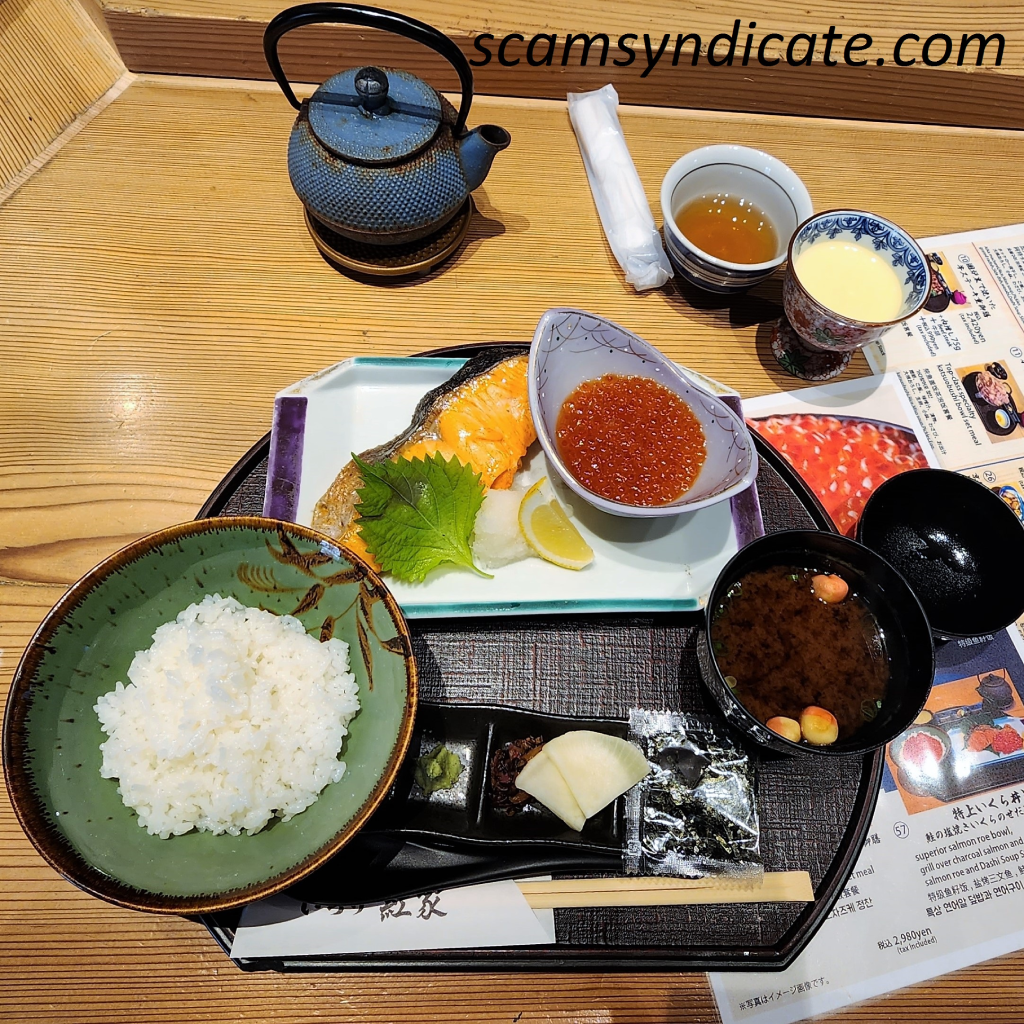
12天11夜日本关西之旅第二部分
🍵 Day4:宇治·抹茶时光机
“叮咚~”京都站的电子音刚落,我们就跳上了开往宇治的JR列车!这个连空气都飘着茶香的小镇,藏着太多惊喜~
12:00 🏮 囲炉裏紅家 (いろり紅家)的时光旅行
推开老店木门,炭火香气扑面而来!我们盘腿坐在200年历史的围炉边,看着老师傅用长炭慢烤鲑鱼。”这炉火啊,明治时期就在了”,老板娘边倒茶边指着墙上的老照片说。
14:00 🦚 平等院的凤凰奇迹
“快比对!”我们举着10円硬币和门票,发现上面的凤凰图案完全一致!池水倒映着金凤凰,突然飞过的白鹭成了最佳配角。在纪念品店,我淘到了凤凰羽毛书签~
16:00 ⛩️ 宇治川茶香漫步
夕阳把河面染成蜜糖色,中村藤吉的茶师正在演示”真打”抹茶技法。”要像写’の’字搅拌”,她手把手教我们打出一碗翠绿泡沫。临走还送了限定茶包!
🦌 Day5:奈良·神鹿物语
近铁奈良站一出来,就看见叼着地图的调皮小鹿!我们开启了暴走模式:
中谷堂的麻糬秀
“啪!啪!”两位师傅像打乒乓球般捶打艾草团,3秒就变成Q弹麻糬!买到最后一盒现做的,红豆馅多到爆浆~
东大寺的智慧挑战
在巨大的佛殿里,我们挑战钻”佛祖鼻孔”(木柱洞)。6岁的小美居然一次成功!据说这样会变聪明呢~
鹿仙贝攻防战
买了200円的仙贝,瞬间被5只鹿包围!最机灵的小鹿会鞠躬,但吃完就高冷走开,简直是”现实派”偶像~
🏯 Day6-7:京都·千年穿越
(故事待续…)
🕊️ Byodoin Temple | 平等院

Gracing Japan’s 10-yen coin since 1951, Byodoin Temple’s Phoenix Hall is a breathtaking preservation of Heian-period (794-1185) aristocratic beauty, built in 1053 as a visualization of the Buddhist Pure Land. The temple’s namesake phoenix statues spread golden wings atop the central hall, whose reflection in the Aji Pond creates the illusion of a celestial palace floating on water—a scene unchanged since Fujiwara no Yorimichi hosted poetry parties here. Inside, the National Treasure Amida Buddha (1053) radiates under a canopy of 52 wooden bodhisattvas playing celestial instruments, all original survivors of wars and earthquakes. The adjacent Hoshokan Museum displays the temple’s twin phoenixes (now replaced with replicas on the roof) and 11th-century temple bells that inspired Monet’s water lily series. Stroll through the Jodo-style garden where every stone and pine is placed according to Buddhist cosmology, then savor matcha at the Tokoen teahouse using leaves from the temple’s own 900-year-old tea fields. More than architecture, Byodoin is a meditation on impermanence—its phoenixes eternally reborn through restoration, its pond mirroring the transient clouds just as it did for Heian aristocrats a millennium ago.
自1951年起成为10日元硬币图案的平等院凤凰堂,完美保存了平安时代(794-1185)的贵族美学,1053年建造时即为佛教净土的具象化。殿顶金铜凤凰展翅欲飞,倒映在阿字池中形成”水上伽蓝”幻景——与藤原赖通举办和歌宴时毫无二致。殿内国宝阿弥陀如来坐像(1053年)上方的52尊云中供养菩萨像,历经战乱地震仍完好如初。隔壁凤翔馆博物馆陈列着屋顶凤凰原物(现为复制品)与启发莫奈睡莲画的11世纪梵钟。漫步净土式庭园,每块石头与松树都按佛教宇宙观布置;再到藤原茶亭品饮平等院自家900年茶田产的抹茶。平等院不仅是建筑,更是对”无常”的冥想——凤凰在修复中不断重生,池水映照流云的刹那,与千年前平安贵族所见并无二致。
⛩️ Ujigami Shrine | 宇治上神社
Recognized as a UNESCO World Heritage Site, Ujigami Shrine boasts Japan’s oldest surviving shrine architecture dating back to the Heian period. Dedicated to Emperor Ojin and his sons, this spiritual gem features a unique “double shrine” design with pristine cypress bark roofs. The sacred spring within its grounds is believed to grant longevity, making it a must-visit for history buffs and spiritual seekers.
作为联合国世界文化遗产的宇治上神社拥有日本最古老的神社建筑(平安时代遗构),供奉应神天皇与其皇子。其独特的”双社殿”结构与桧皮葺屋顶极具特色,境内的灵泉更被视为延寿圣水,是历史爱好者与追求心灵宁静者的必访圣地。
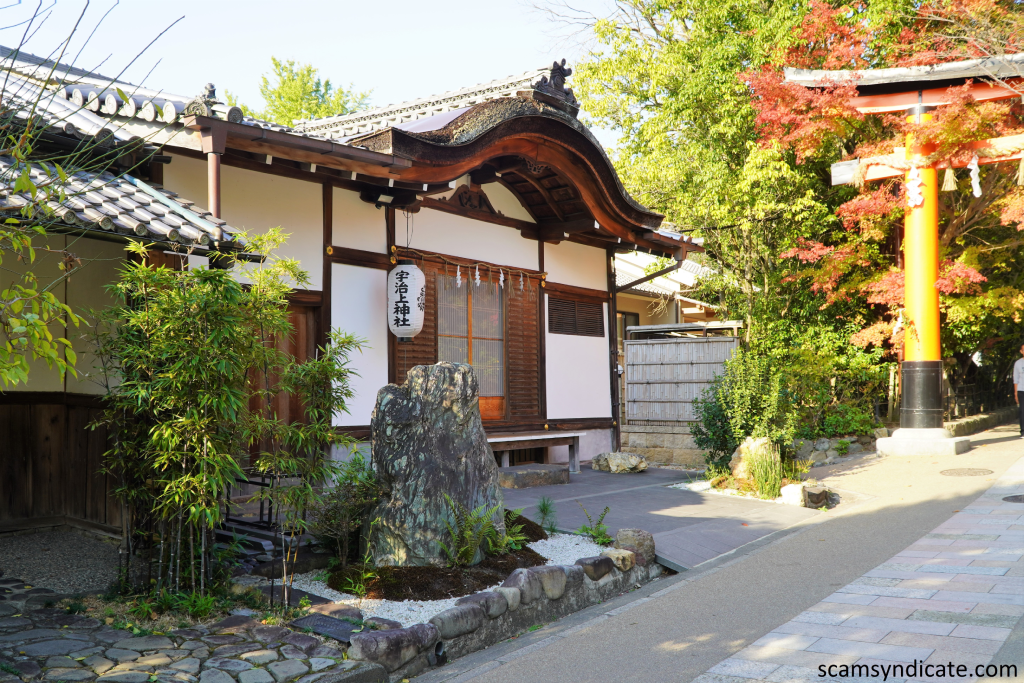
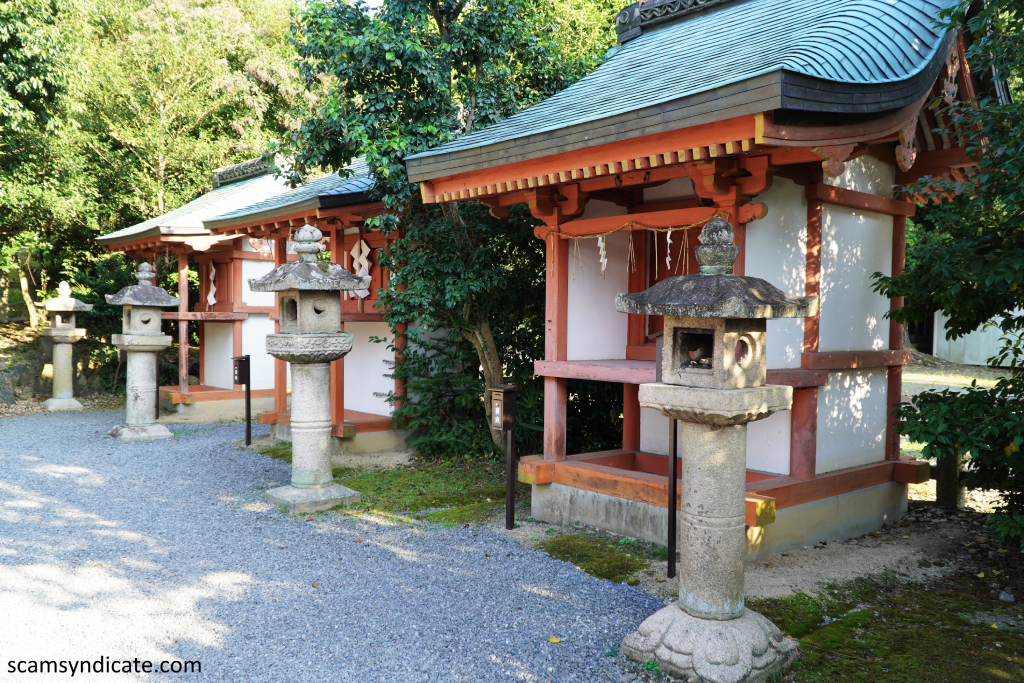
⛩️ Uji Shrine 宇治神社
Nestled in the historic city of Uji, the Uji Shrine is a serene Shinto sanctuary famous for its rabbit-themed charms and peaceful atmosphere. As one of Japan’s oldest shrines, it enshrines the mythical prince Ujinowakiiratsuko and offers visitors a glimpse into ancient Japanese spirituality. The shrine’s vermilion torii gate and tranquil forest setting create a perfect blend of culture and nature.
坐落于历史悠久的宇治市,宇治神社是以兔子御守闻名的宁静神社。作为日本最古老的神社之一,这里供奉着传说人物菟道稚郎子,朱红色鸟居与幽静森林相映成趣,让游客感受日本古老信仰与自然之美的完美融合。
🌊 Uji River | 宇治川

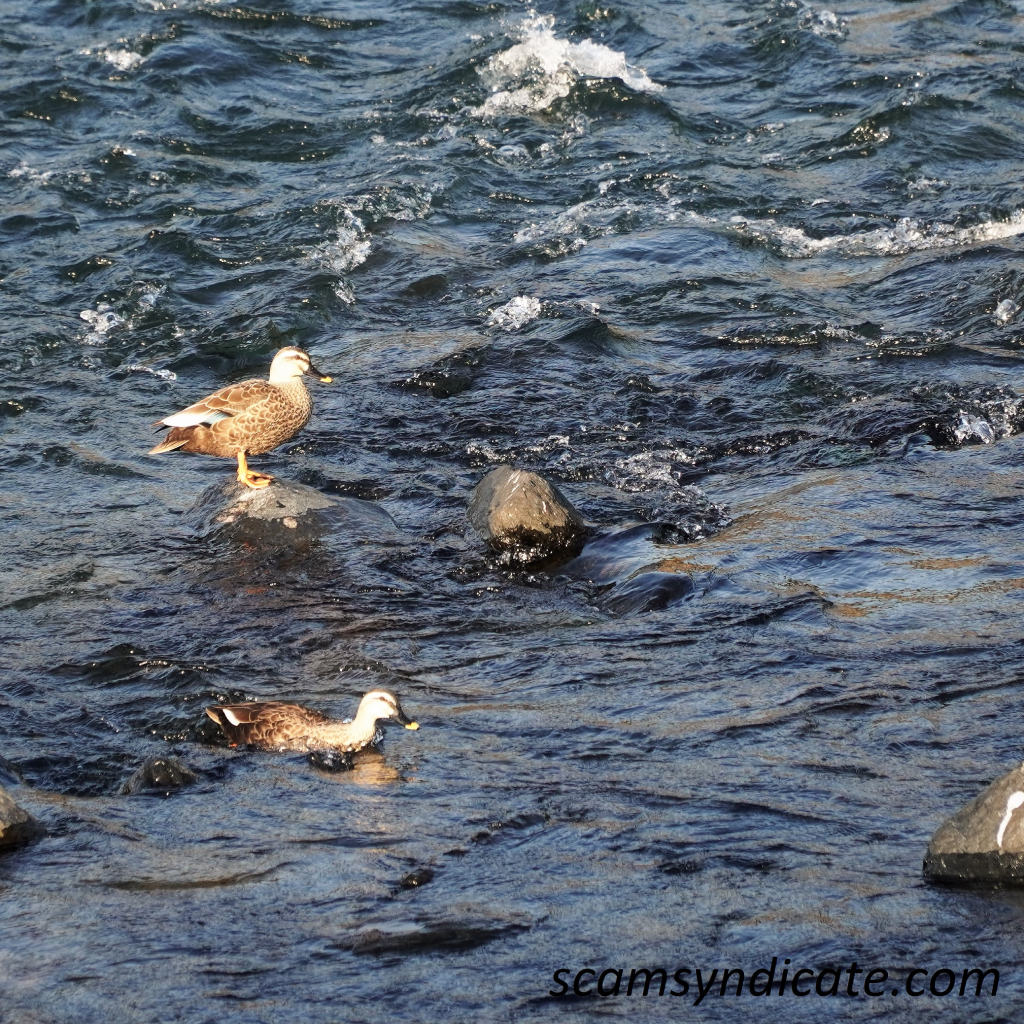
Flowing gently between Kyoto and Nara, the Uji River has been the lifeblood of Japan’s tea culture for over 800 years—its mineral-rich waters and misty microclimate nurturing the world’s finest matcha leaves along its banks. This UNESCO-recognized river stars in the 11th-century Tale of Genji’s final chapters, where aristocrats composed poetry on its iconic Uji Bridge (Japan’s oldest surviving bridge, built 646 AD). By day, traditional cormorant fishing boats (ukai) glide past tea fields where farmers still hand-pick tender leaves; by night, the river becomes a stage for firefly viewing in June and moon-viewing parties in autumn. Stroll the Phoenix Promenade linking Byodoin Temple to Uji Shrine, sip matcha at riverside teahouses like Taihoan (established 1672), or cruise aboard a Heian-style pleasure boat—each bend in the river reveals new poetry: whether the morning mist clinging to weeping cherry trees or the golden reflection of Phoenix Hall at dusk. More than water, the Uji is a flowing chronicle of Japanese aesthetics—where every ripple carries echoes of emperors, poets, and tea masters who shaped its legacy.
静静流淌在京都与奈良之间的宇治川,800多年来一直是日本茶文化的命脉——富含矿物质的河水与雾气朦胧的小气候,滋养着两岸世界顶级的抹茶茶园。这条联合国认证的河流是11世纪《源氏物语》最终章的舞台,贵族们在其标志性的宇治桥(日本现存最古桥梁,646年建)上吟诵和歌。白天,传统的鹈饲捕鱼舟划过茶农手工采摘的田垄;夜晚则化身6月萤火虫与秋季赏月会的天然剧场。漫步连接平等院与宇治神社的凤凰小道,在对凤庵(1672年创)等川畔茶室品茗,或乘平安风格游船——每道河湾都是诗:晨雾垂樱的朦胧,夕照下凤凰堂金影的辉煌。宇治川不仅是水流,更是日本美学的流动史册,每道波纹都回荡着塑造其传奇的帝王、诗人与茶人的余韵。
Nara Japan 日本奈良
As Japan’s first permanent capital (710-794 AD), Nara is a living museum of ancient Japanese culture, housing 8 UNESCO World Heritage Sites including the iconic Todai-ji Temple with its colossal Great Buddha. The city seamlessly blends sacred temples, traditional machiya townhouses, and wild roaming deer in its picturesque streets, offering an authentic journey through 1,300 years of history. Don’t miss trying kakinoha-zushi (persimmon leaf sushi), a local specialty dating back to the Nara period.
作为日本首个固定首都(710-794年),奈良是日本古代文化的活态博物馆,拥有包括东大寺(内藏巨大佛像)在内的8处联合国文化遗产。神鹿漫步的街道上,庄严寺院与传统町屋交织,完美呈现1300年的历史风貌。一定要品尝奈良时代流传至今的乡土美食——柿叶寿司。
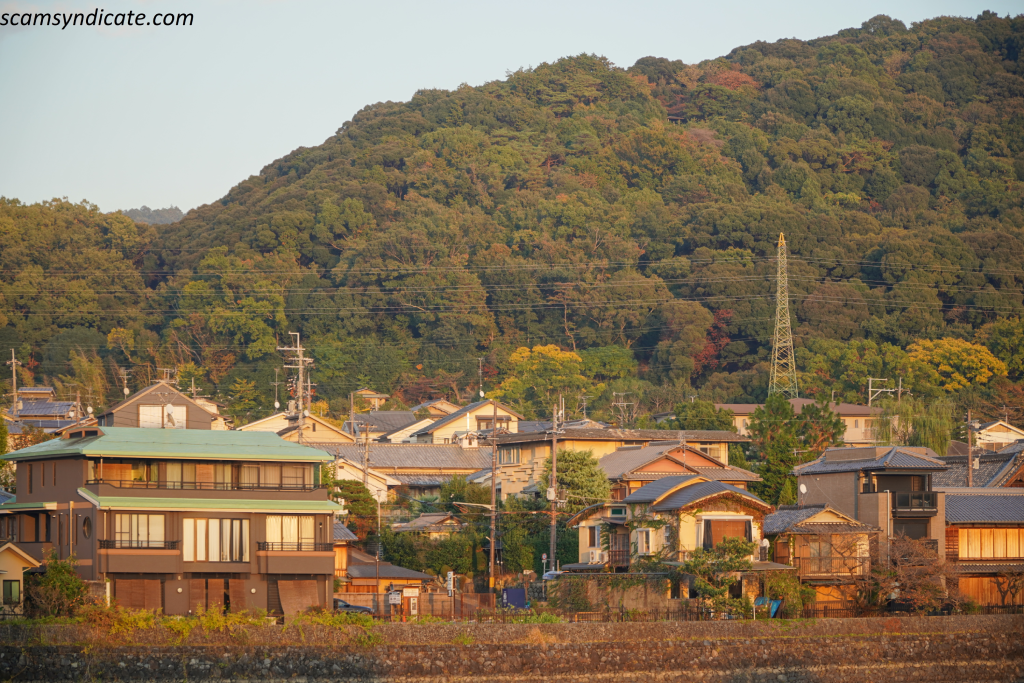
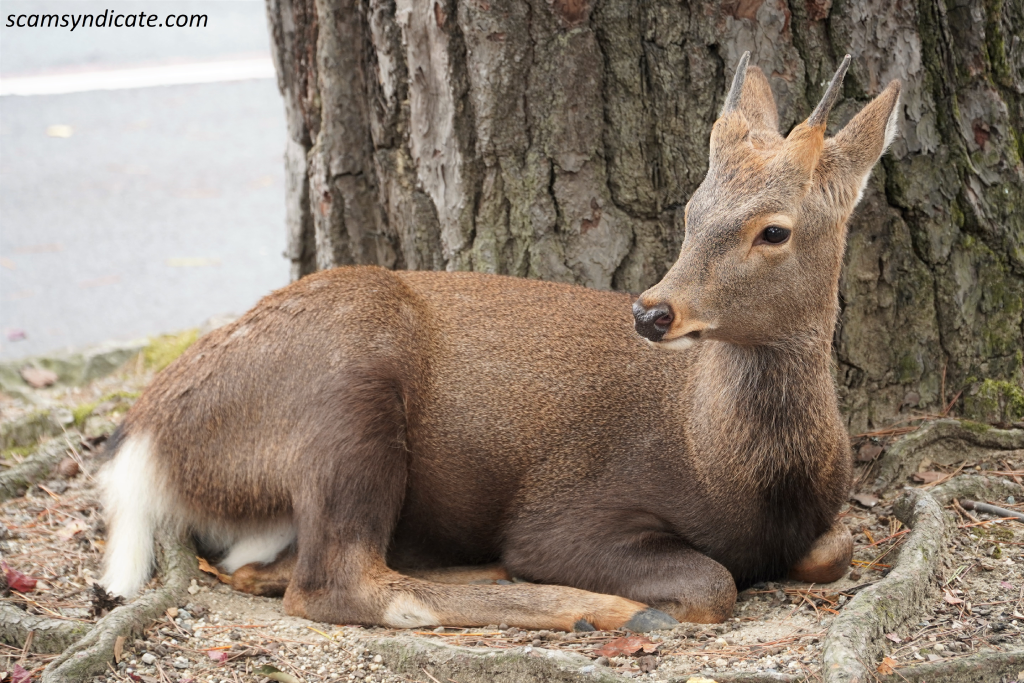
🦌 Nara Park | 奈良公园
Spanning 660 hectares at the foot of Mount Wakakusa, Nara Park is where over 1,200 sacred sika deer freely interact with visitors. Designated as natural monuments, these bowing deer coexist with historic treasures like Kasuga Taisha’s 3,000 lanterns and the world’s largest wooden structure at Todai-ji. The park transforms magically during cherry blossom season and autumn foliage, offering quintessential Japanese landscapes.
占地660公顷的奈良公园位于若草山麓,1,200多只被列为天然纪念物的神鹿在此自由栖息。它们与春日大社的3,000盏灯笼、东大寺(世界最大木造建筑)等古迹和谐共存。樱花季与红叶时节,公园更化身为绝美日式风景画的实景舞台。
🐘 Todai-ji Temple | 东大寺

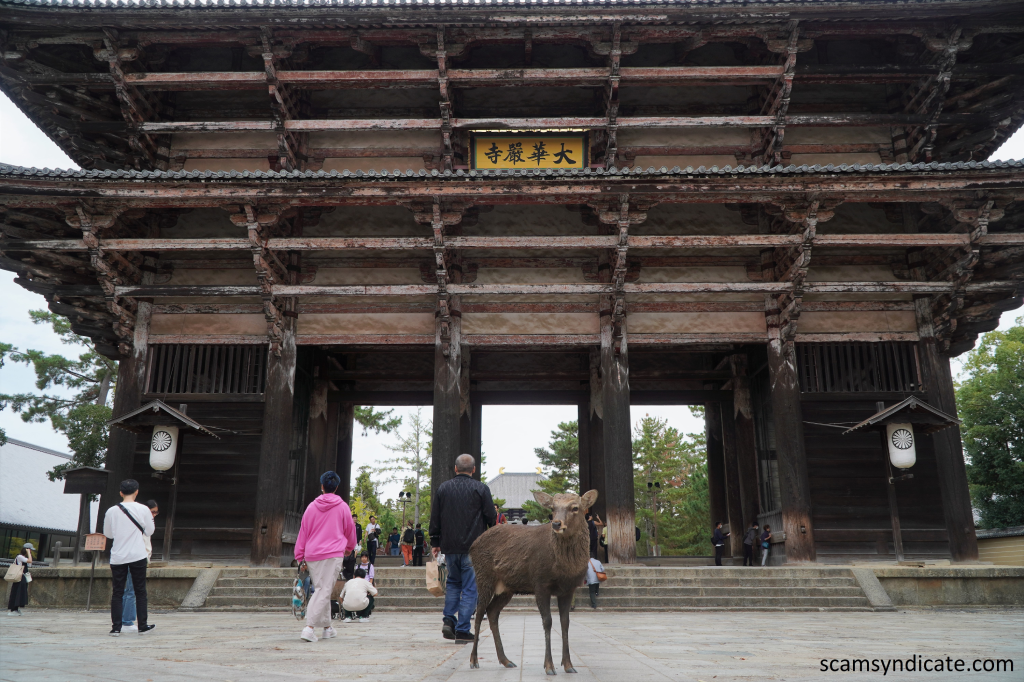
Dominating Nara’s skyline since 752 AD, Todai-ji’s Great Buddha Hall (Daibutsuden) is the world’s largest wooden structure—though only two-thirds its original size after multiple reconstructions—housing a 15-meter-tall bronze Vairocana Buddha that weighs 500 tons. Commissioned by Emperor Shomu to bring peace, the temple complex once included pagodas taller than Kyoto’s Kiyomizu-dera and a monastery for 10,000 monks. Today, visitors squeeze through the hall’s “Buddha’s Nostril” pillar hole (said to grant enlightenment), admire the fierce Nio guardian statues, and feed sacred deer with special senbei crackers. The adjacent Nigatsu-do Hall offers panoramic views from its fiery Omizutori festival stage, while the Todai-ji Museum displays 8th-century treasures like the Buddha’s Lotus Petal, intricately carved with celestial beings. Whether witnessing monks chant at dawn or joining the Shuni-e repentance ritual (February-March), Todai-ji remains a living center of Japanese Buddhism—where every cedar-scented breeze carries echoes of prayers offered here for over 1,200 years.
自752年起便主宰奈良天际线的东大寺大佛殿,是现存世界最大木造建筑(虽经多次重建仅为原尺寸三分之二),内奉15米高、500吨重的青铜毗卢遮那佛。由圣武天皇为祈太平而建,鼎盛时期寺内双子塔高过清水寺,僧坊可容万人修行。如今游客们钻过”佛祖鼻洞“柱穴(传说能开悟),敬畏金刚力士像的威严,再用鹿仙贝喂养神鹿。隔壁二月堂的观景台可俯瞰奈良全景,而东大寺博物馆则展出8世纪国宝如刻满飞天纹的大佛莲瓣。无论是晨晓听僧侣诵经,还是参加修二会(2-3月)忏悔仪式,东大寺始终是鲜活的佛教中心——每一缕带着杉木香的风里,都飘荡着1200年来未曾间断的祈愿。
🏯 Kofukuji Temple | 兴福寺
Founded in 669 AD as the family temple of the influential Fujiwara clan, Kofukuji once commanded a sprawling complex of 175 buildings—today its surviving treasures include Japan’s second tallest five-story pagoda (50m), a National Treasure Golden Hall housing a 3.5m tall wooden Ashura statue with three sorrowful faces, and the Eastern Golden Hall’s exquisite 8th-century murals of celestial musicians. The temple’s Nan’endo Hall shelters a secretive Fukukensaku Kannon, a “wish-granting” statue only unveiled every 75 years (next 2050). Stroll through the temple grounds where wild deer nap under 1,300-year-old cherry trees, then visit the Kofukuji National Treasure Museum to see the hauntingly beautiful Ten Great Disciples statues—their expressive faces carved from single cypress blocks in 734 AD. As the head temple of the Hosso school of Buddhism, Kofukuji remains an active center of scholarship, where monks still debate ancient sutras in shadowy corridors lined with gilded Heian-era mandalas. Whether admiring the pagoda’s reflection in Sarusawa Pond at sunset or joining the vibrant Omizutori festival, this UNESCO site embodies Nara’s unique blend of spiritual grandeur and approachable charm.
作为藤原氏的家寺始建于669年,兴福寺鼎盛时期拥有175座堂塔,现存国宝包括日本第二高五重塔(50米)、供奉3.5米高三面阿修罗像的金堂,以及东金堂内8世纪飞天奏乐壁画。南圆堂秘藏的不空羂索观音每75年才开帐一次(下次2050年)。漫步寺域,可见神鹿在1300年树龄的樱树下小憩,而兴福寺国宝馆内,734年以一木雕成的十大弟子像面目栩栩如生。作为法相宗大本山,兴福寺至今仍是佛学中心,僧侣们在贴满平安时代曼荼罗的幽暗回廊辩经。无论是欣赏夕阳中猿泽池倒映的五重塔,还是参与热闹的修二会,这座世界遗产完美诠释了奈良庄严与亲切并存的独特气质。